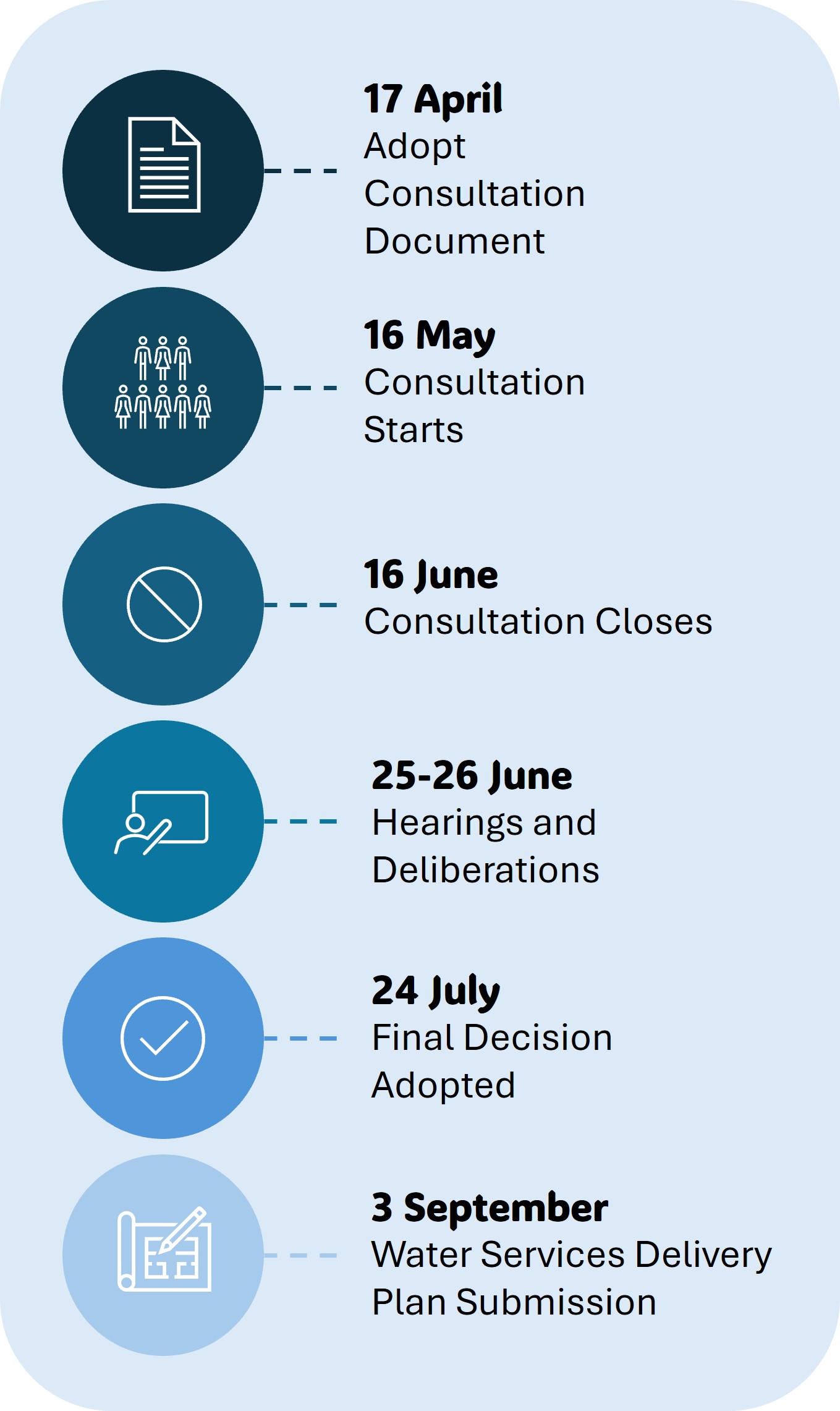Introduction to Local Water Done Well
‘Local Water Done Well’ is the Government’s plan to address New Zealand’s long standing water infrastructure challenges, focusing on enhancing the quality, sustainability, and affordability of water services. The plan is driven by recent legislative changes aimed at improving the governance and operation of water supply, wastewater, and stormwater systems across New Zealand.
Why Local Water Done Well?
New Zealand is facing challenges in maintaining and upgrading infrastructure, such as roads and water. Our District has generally managed its water assets well in the changing legislative environment. However, the costs of maintaining and improving this infrastructure is putting pressure on both central and local governments agencies and ultimately on taxpayers and ratepayers.
Local Water Done Well introduces changes to how water services are managed in the future. There are new rules for investment, borrowing and pricing, and new options for delivering water services.
Local Water Done Well requires councils to choose a water services delivery model that will best meet their community’s needs, provided it also meets financial sustainability and compliance standards.
It incentivises councils to collaborate, by allowing jointly owned council-controlled organisations to borrow more money, specifically against three waters assets, to invest only in water infrastructure. This allows councils to continue to invest in other key infrastructure areas more easily.
Goals of Local Water Done Well
- Community-Centric Management: Engage the community in the decision-making process to reflect local values and priorities in water management.
- Legislative Compliance: Adapt to new regulations that set higher standards for water quality and sustainability.
- Innovative Solutions: Explore and implement innovative management models and technologies that enhance the quality and efficiency of services.
What Does This Mean for Westland?
For Westland, ‘Local Water Done Well’ means taking proactive steps to ensure our water delivery is future-proofed against the challenges of affordability, climate change and population growth. It involves:
- Evaluating Current Systems: Assessing the effectiveness of existing water delivery frameworks.
- Exploring New Models: Considering various delivery models for managing our water services, for example remaining in Council or forming a Council-Controlled Organisation.
- Public Involvement: Ensuring that the community has a voice in how water services are managed, reflecting our shared commitment to transparency and accountability.
Learn More
For more detailed information, including specific legislative changes and how they impact our community, please visit our Background Information page.

